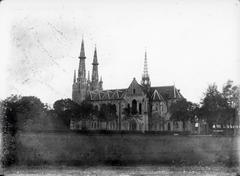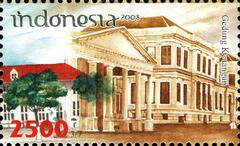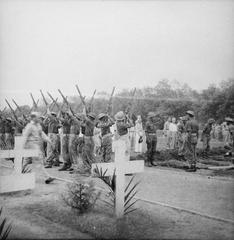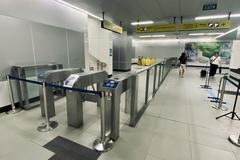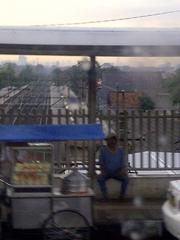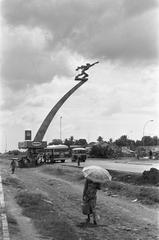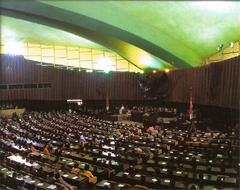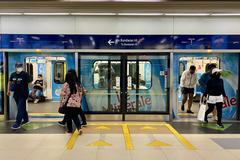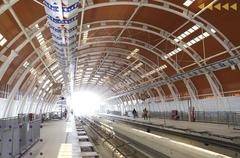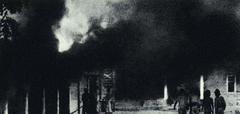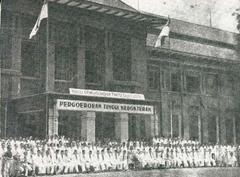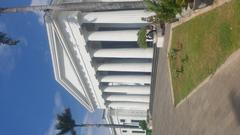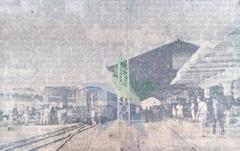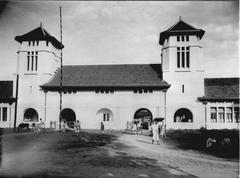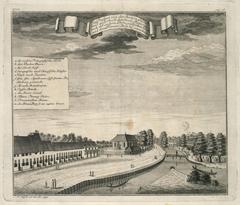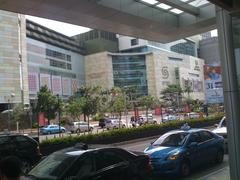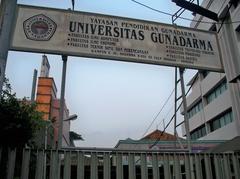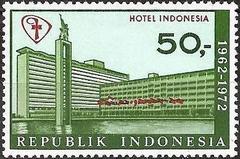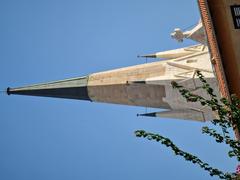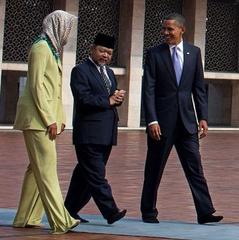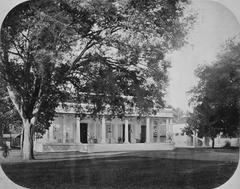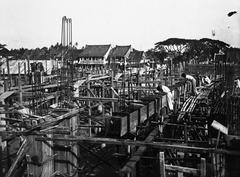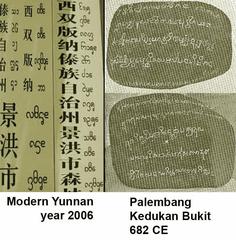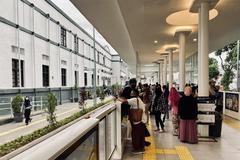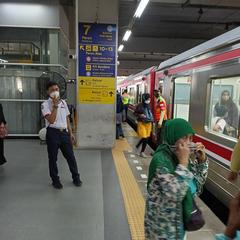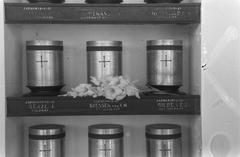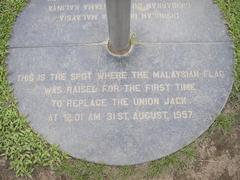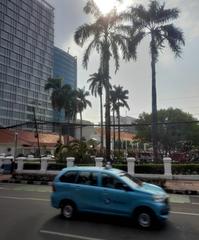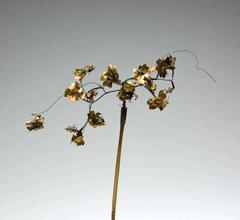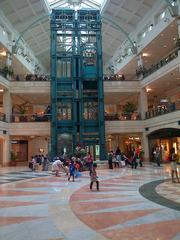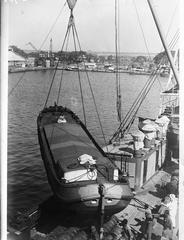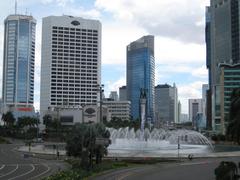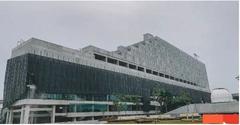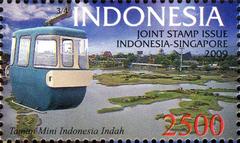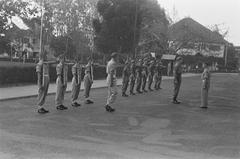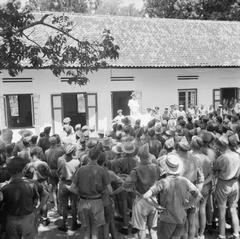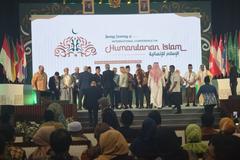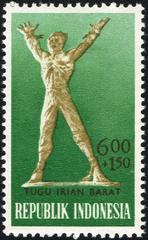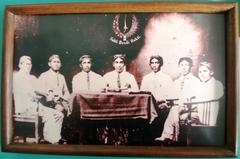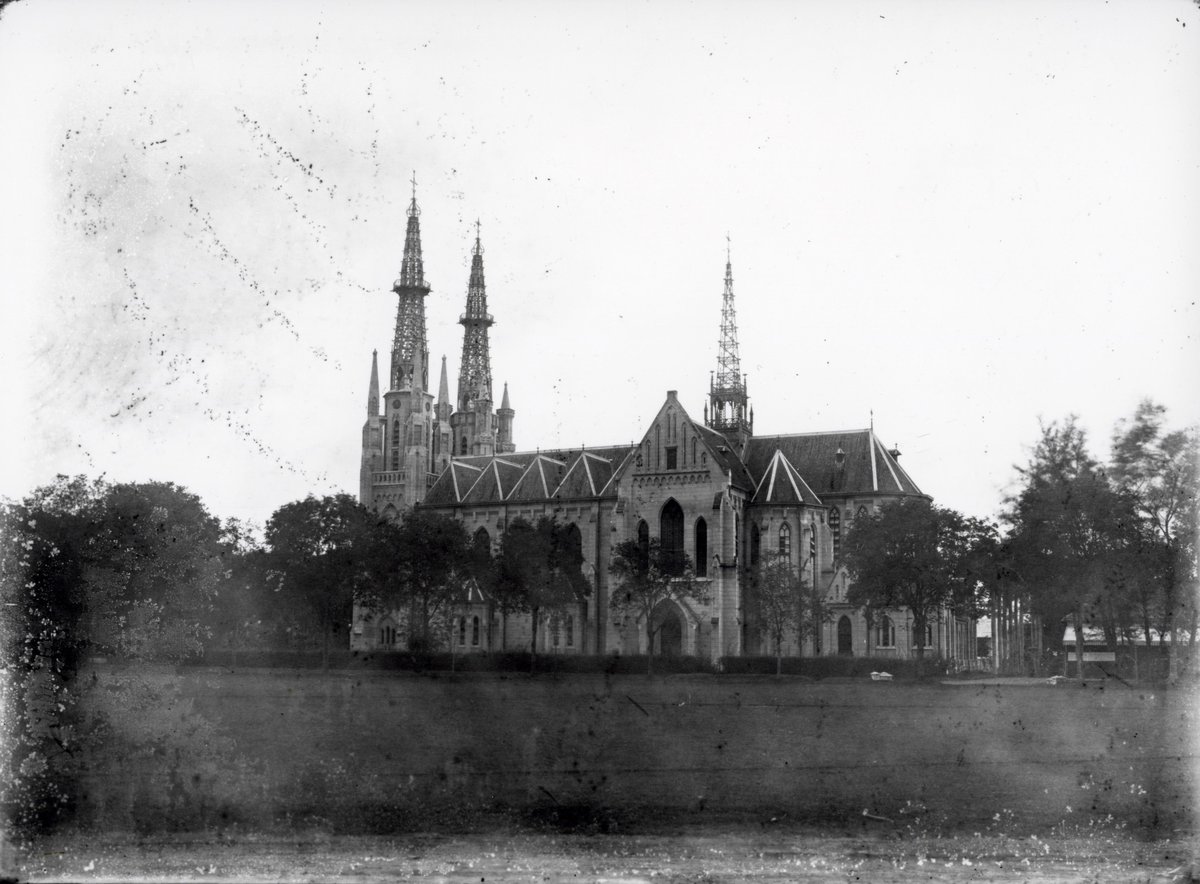
Jakarta Cathedral Visiting Hours, Tickets, and Historical Sites Guide
Date: 14/06/2025
Introduction
Jakarta Cathedral—officially named the Church of St. Mary Assumed into Heaven (Gereja Santa Perawan Maria Diangkat ke Surga)—is an architectural gem and a symbol of religious harmony in the heart of Indonesia’s capital. Completed in 1901, this Neo-Gothic masterpiece stands as a testament to faith, resilience, and the country’s commitment to unity in diversity. Its strategic location, directly opposite the Istiqlal Mosque (the largest mosque in Southeast Asia), makes it a focal point for interfaith dialogue and cultural exploration. This guide provides a comprehensive overview of Jakarta Cathedral’s history, architectural features, visitor information, and practical tips to help you plan a meaningful visit.
For up-to-date details on Jakarta Cathedral visiting hours, guided tours, and events, refer to trusted sources such as theolingua.id and official tourism platforms.
Table of Contents
- Introduction
- Early History and Catholicism in Batavia
- Neo-Gothic Architecture and Reconstruction
- Architectural Features and Artistic Details
- Symbolism and Cultural Significance
- Visitor Information
- Preservation and Modern Role
- FAQs
- Practical Visitor Tips
- Conclusion and Call to Action
- References
Early History and Catholicism in Batavia
Jakarta Cathedral traces its roots to the colonial era, when Catholicism was banned under the Dutch East India Company (VOC), forcing believers into secrecy. The prohibition lifted in 1829, allowing the Catholic community to build an official church in Batavia (now Jakarta). The first church at this site, however, was destroyed by fire in 1890, prompting the Catholic community to erect a grander structure that would become today’s cathedral (theolingua.id).
Neo-Gothic Architecture and Reconstruction
Reconstruction of the cathedral began soon after the fire, culminating in its completion on April 21, 1901. Designed by Dutch priest and architect Father Antonius Dijkmans, the building draws inspiration from European Neo-Gothic cathedrals, with adaptations for Indonesia’s tropical climate. Its pointed arches, ribbed vaults, and soaring spires exemplify spiritual aspiration while connecting the local community to global Catholic traditions (theolingua.id).
Architectural Features and Artistic Details
Jakarta Cathedral’s three spires—two at 60 meters and one at 45 meters—dominate the skyline. The structure employs red brick, teak wood, iron frameworks, and intricate stone carvings depicting biblical scenes and saints. The interior dazzles with vibrant stained glass windows imported from Europe, illuminating the nave with scenes from the life of the Virgin Mary and other Christian narratives.
The main altar, Belgian neo-Gothic organ, and statues such as the Pietà and Virgin Mary add to the spiritual and artistic ambiance. On the second floor, the Jakarta Cathedral Museum displays religious relics and explores the history of Catholicism in Indonesia.
Symbolism and Cultural Significance
The cathedral’s location, directly facing the Istiqlal Mosque, reflects Indonesia’s national philosophy of “Bhinneka Tunggal Ika” (Unity in Diversity). This deliberate urban planning decision embodies religious tolerance and peaceful coexistence, with both structures frequently hosting interfaith events. As the seat of the Archbishop of Jakarta, the cathedral is central to major religious celebrations and social outreach programs (theolingua.id).
Visitor Information
Visiting Hours
- Open Daily: Hours typically range from 7:00 AM to 7:00 PM. Check official schedules, as times may vary during religious services or special events.
Tickets and Entry
- Admission: Free of charge for all visitors. Donations are appreciated to support maintenance and community programs.
Guided Tours
- Availability: Multilingual guided tours are offered upon request, often through the cathedral office or museum. These provide deeper insights into the history, architecture, and religious significance of the site.
Accessibility
- Wheelchair Access: The main areas are accessible via ramps, though the museum is only reachable by stairs.
Photography
- Policy: Photography is permitted but should be discrete, especially during services. Avoid using flash and respect worshippers.
Location and Transportation
- Address: Jl. Katedral No.7B, Central Jakarta, across from Istiqlal Mosque and near Merdeka Square.
- Getting There: The cathedral is easily accessible via taxi, ride-hailing apps (Grab, Gojek), and public transportation (TransJakarta bus, commuter trains to Gambir Station).
- Parking: Shared parking facilities are available with the neighboring mosque, especially during religious events.
Nearby Attractions
- Istiqlal Mosque: Southeast Asia’s largest mosque, located directly opposite the cathedral.
- National Monument (Monas): Indonesia’s iconic landmark, offering panoramic city views.
- National Museum: Showcasing Indonesian history and culture.
- Kota Tua (Old Town): Historic colonial district with museums and vibrant street life.
Preservation and Modern Role
Over a century since its completion, Jakarta Cathedral remains well-preserved through continuous restoration and community engagement. The building’s red brick, iron, and teak construction withstands Jakarta’s humid climate and urban challenges, including pollution and seismic activity. Security protocols have also been enhanced in response to past threats, ensuring a safe environment for all.
Beyond being a site of worship, the cathedral is involved in social outreach, cultural events, and interfaith initiatives, solidifying its status as a living symbol of Indonesia’s religious diversity (theolingua.id).
FAQs
Q: What are Jakarta Cathedral’s opening hours?
A: The cathedral is generally open from 7:00 AM to 7:00 PM daily, but hours may change during services or holidays.
Q: Is there an entrance fee or ticket required?
A: No, entry is free. Donations are appreciated.
Q: Are guided tours available?
A: Yes, multilingual guided tours can be arranged through the cathedral museum or office.
Q: Is the cathedral wheelchair accessible?
A: The main entrance and nave are accessible, but the museum is only accessible by stairs.
Q: Can visitors attend mass?
A: Visitors are welcome to observe mass but should follow etiquette and not participate in communion unless Catholic.
Q: Is photography allowed inside?
A: Yes, but avoid flash and photographing during services.
Q: How do I get to Jakarta Cathedral?
A: It is located in Central Jakarta, accessible by taxi, public transit, or walking from nearby landmarks.
Practical Visitor Tips
- Dress Modestly: Cover shoulders and knees; hats should be removed inside.
- Visit Early: Morning hours are quieter and better for photography.
- Combine Attractions: Plan your visit alongside nearby sites like Istiqlal Mosque and Monas for a full cultural experience.
- Check Mass Schedules: If attending mass, check the timetable and be respectful.
- Stay Hydrated: Jakarta’s climate can be hot and humid.
- Secure Belongings: Remain vigilant, especially during busy periods.
Conclusion and Call to Action
Jakarta Cathedral is more than a historical monument—it is a living embodiment of Indonesia’s spirit of faith, resilience, and interfaith harmony. Its architectural beauty, rich history, and central role in the city’s cultural landscape make it a must-visit destination for travelers and locals alike.
For a comprehensive experience, check official sources for the latest Jakarta Cathedral visiting hours, tour options, and event schedules. Download the Audiala app for detailed guides, interactive maps, and updates about Jakarta’s historical sites. Follow our social media channels for ongoing stories about Indonesia’s cultural and religious heritage.
References
- Jakarta Cathedral Visiting Hours, Tickets & Historical Guide to This Iconic Jakarta Landmark, 2025, Theolingua.id (https://theolingua.id/jakarta-cathedral/)
- Jakarta Cathedral Visiting Guide: History, Architecture, Cultural Significance & Practical Tips, 2025, Theolingua.id (https://theolingua.id/jakarta-cathedral/)
- Jakarta Cathedral Visiting Hours, Tickets, and Guide to Jakarta’s Historical Sites, 2025, Theolingua.id (https://theolingua.id/jakarta-cathedral/)
- Jakarta Cathedral Preservation Challenges and Visitor Information: A Guide to Visiting Jakarta’s Historical Site, 2025, Theolingua.id (https://theolingua.id/jakarta-cathedral/)
